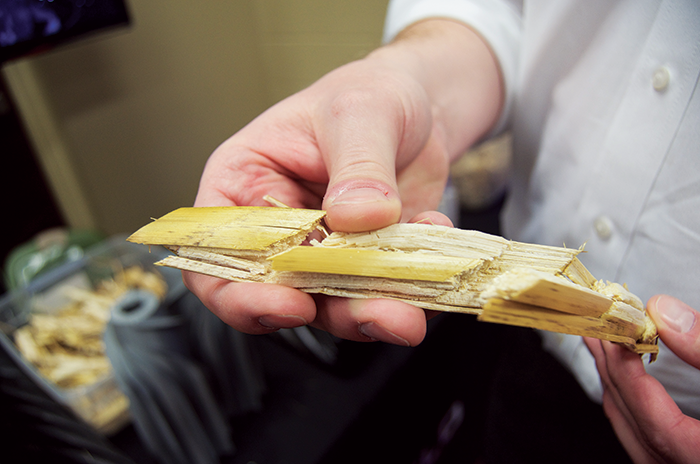No-Till Farmer
Get full access NOW to the most comprehensive, powerful and easy-to-use online resource for no-tillage practices. Just one good idea will pay for your subscription hundreds of times over.

Managing corn residue can be an annual challenge for no-tillers, and finding the right tools and tactics to do so effectively is essential to maximizing yield potential and nutrient uptake.
One of the critical components of efficient stalk breakdown is feeding soil microbes, which can provide an additional 80-100 pounds of “free nitrogen” says Gregg Sauder, a veteran no-tiller and founder of 360 Yield Center, a precision farming company in Morton, Ill.
“Doing the math, that’s an extra $60 per acre farmers could be capturing,” he says. “But that’s only if we’re able to pay attention to detail and understand what makes those soil microbes tick.”
This process starts with harvest, and knowing how to turn corn stalks into a valuable asset and not a curse, Sauder says.
Having used a variety of OEM and aftermarket stalk rollers on his own farm, Sauder says he’s struggled in his corn-on-corn fields to get the desired balance of residue breakdown and seed-to-soil contact at planting.
“If you’re leaving standing stalks in a no-till environment, it can take a long time for microbes to chew through the sides,” he says. “But when chopping that residue into fines in a corn-on-corn field, our row cleaners on the planter couldn’t grab a hold of those small pieces. We didn’t want those seedling roots intertwined with residue left in the seed trench, and that contributed to some of our plants being two collars behind.”
Seeking a compromise, Sauder and his agronomy team at 360…